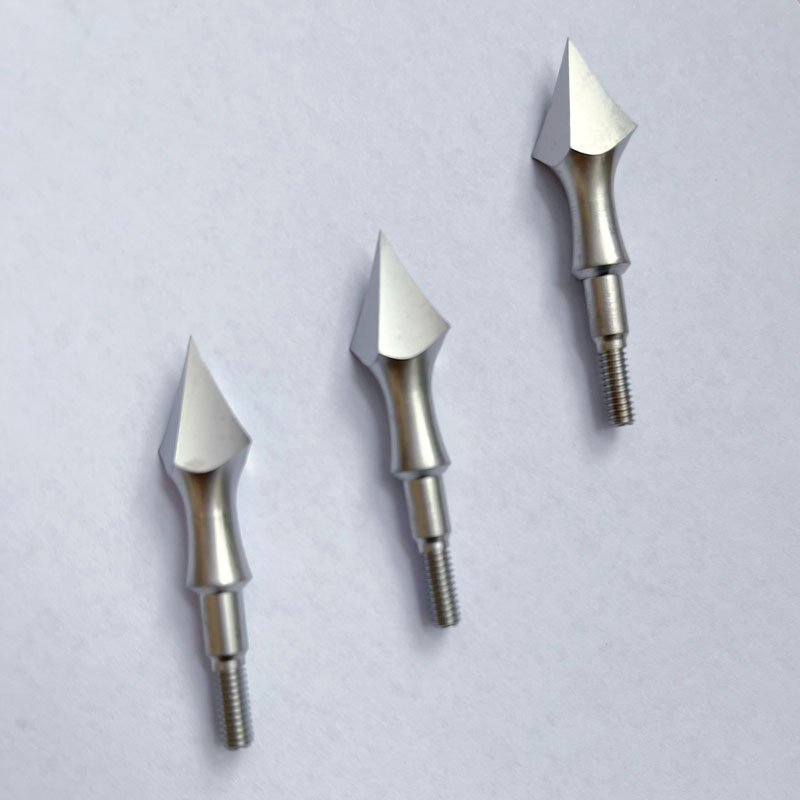

Stainless steel self-drilling screws are generally designed to penetrate softer materials such as wood, plastic, and thinner metal plates. However, whether it can penetrate the steel plate depends on several factors:
Thickness and hardness of the steel plate: If the steel plate is very thick or has a high hardness, ordinary stainless steel self-drilling screws may have difficulty penetrating. For thinner steel plates (such as 1-2mm), stainless steel self-drilling screws can usually penetrate smoothly. For thicker or harder steel plates, it may be necessary to use specially designed screws (such as high-hardness materials or screws with pre-drilling head design) to increase penetration.
Quality and design of screws: Different self-drilling screw designs vary. Some high-quality stainless steel self-drilling screws have strong drilling capabilities and may be able to penetrate medium-thick steel plates, but for harder steel plates, they may not be able to fully drill through.
Support for the drilling process: If the hardness of the steel plate is high, you can consider using some auxiliary tools, such as pre-drilling or using special metal self-drilling screws, which can effectively reduce the pressure on the screws and materials.
In general, stainless steel self-drilling screws are feasible for driving thinner steel plates, but for thicker or harder steel plates, more professional screws or auxiliary tools may be required.
